Whether it be buying the animals extra treats, making things at home for them, coming in on our days off to see them or spending more of our day with them than with our own family and friends, zoo keepers definitely love their animals. Some even to the point of having them immortalised on their bodies in the form of tattoos.
Keeper tattoos
Some of our keepers have tattoos of their animals and others have species that they love. Here are a few of their stories.
Siobhan – Primate Keeper and former Bird Keeper
Siobhan has a beautiful tattoo of a kookaburra on her thigh based upon one of our birds “Kookie”, she fell in love with this species when she started flight training with him and his brother Elmo. Siobhan said “he was so cheeky and full of character, basically doing his own thing, that’s why I fell in love with them”. Keepers have to spend a great deal of time with their animals especially when they are doing training with them.
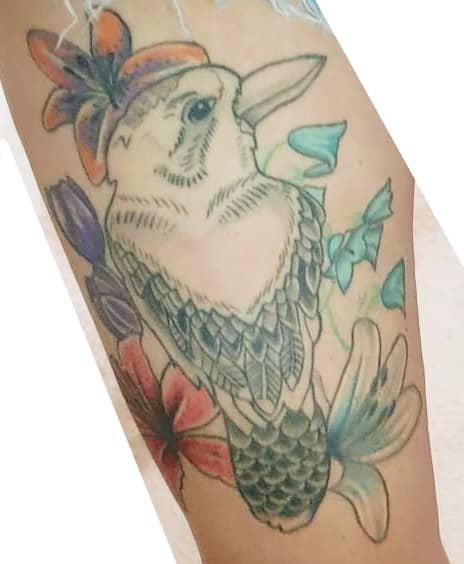
Flight training with birds can be one of the more challenging forms of training as there has to be a lot of trust built between keeper and bird so that they will return back to you. If you keep an eye out at around 11.15am you may see our Kookaburras flight training on the green next to the penguins.
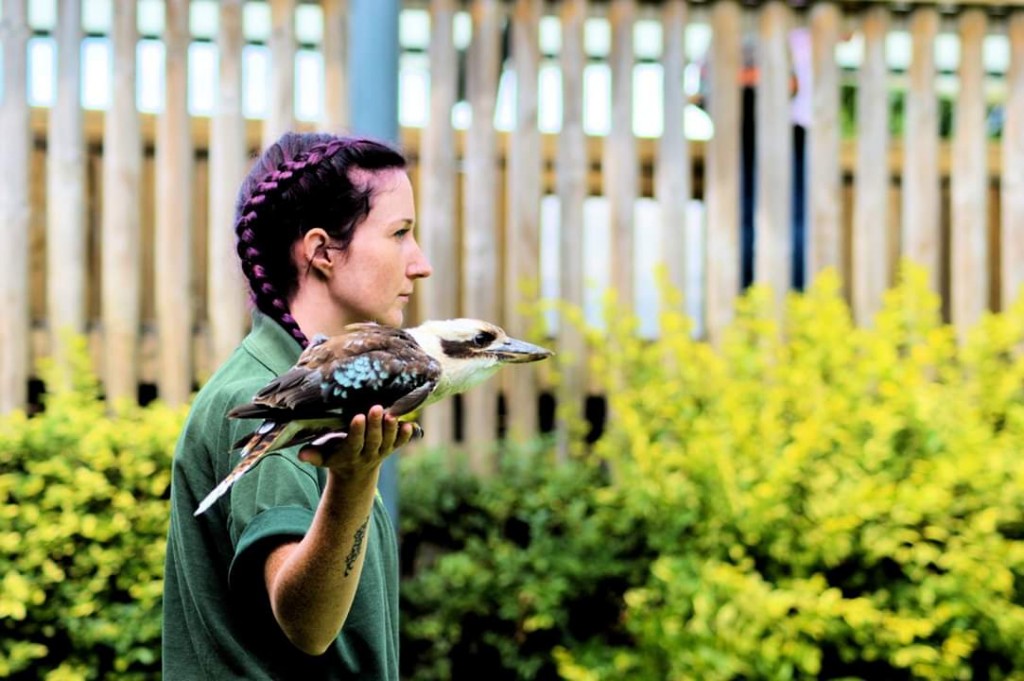
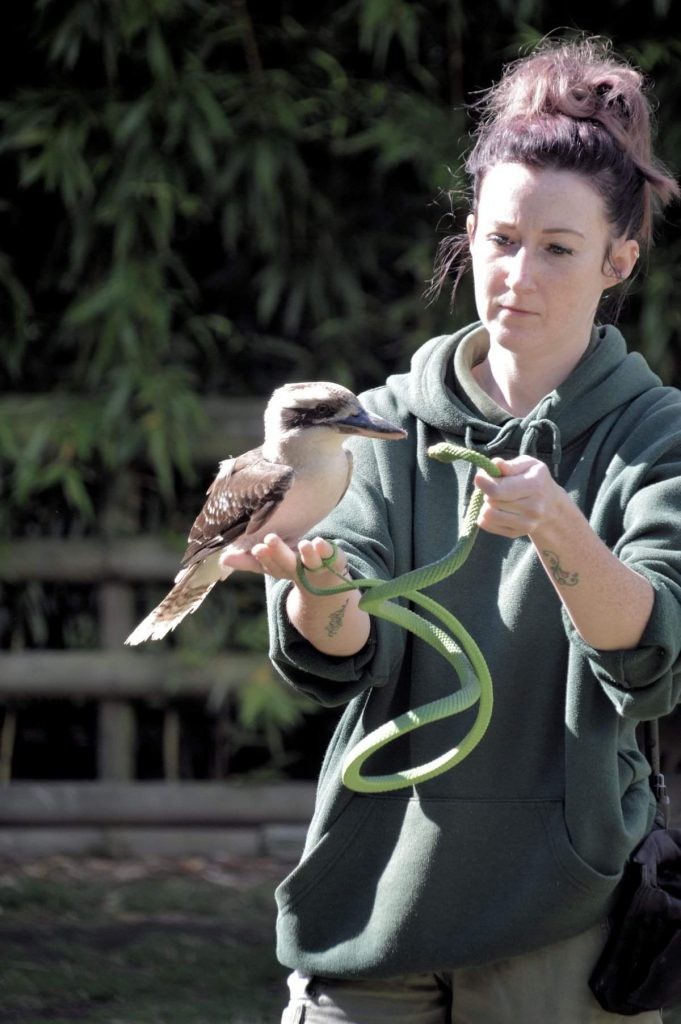
Ayrton – Mammal Keeper
Gorgeous Mai, our female Red Panda is the next tattoo to feature. Our mammal keeper Ayrton said “I got it due to being able to work with such an amazing creature, she just has such a major impact on everyone who has met or worked with her”.
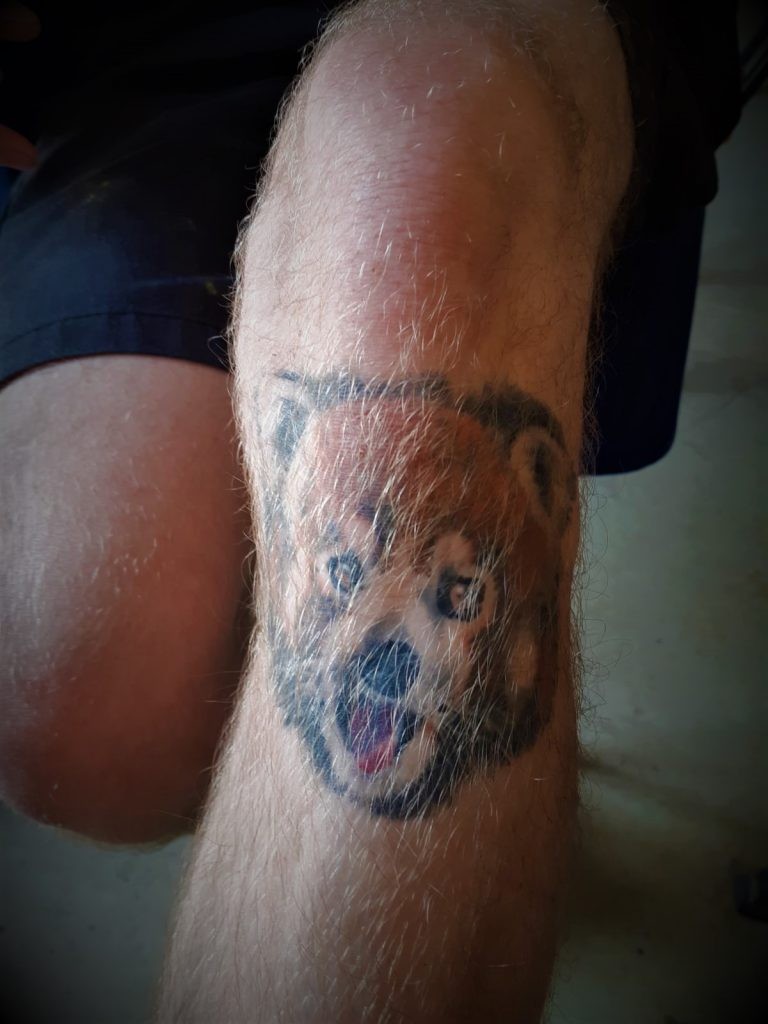
Red Pandas are listed as endangered on the IUCN red list, so getting to work with such a rare beautiful animal up close is a real privilege for any keepers that work with this species. You can meet and feed Mai during a red panda experience and see for yourself why our keepers adore her so much. We also have a daily Red Panda talk at 1:30pm where you can hear more about this fantastic species and get to ask the keepers a few questions about them.
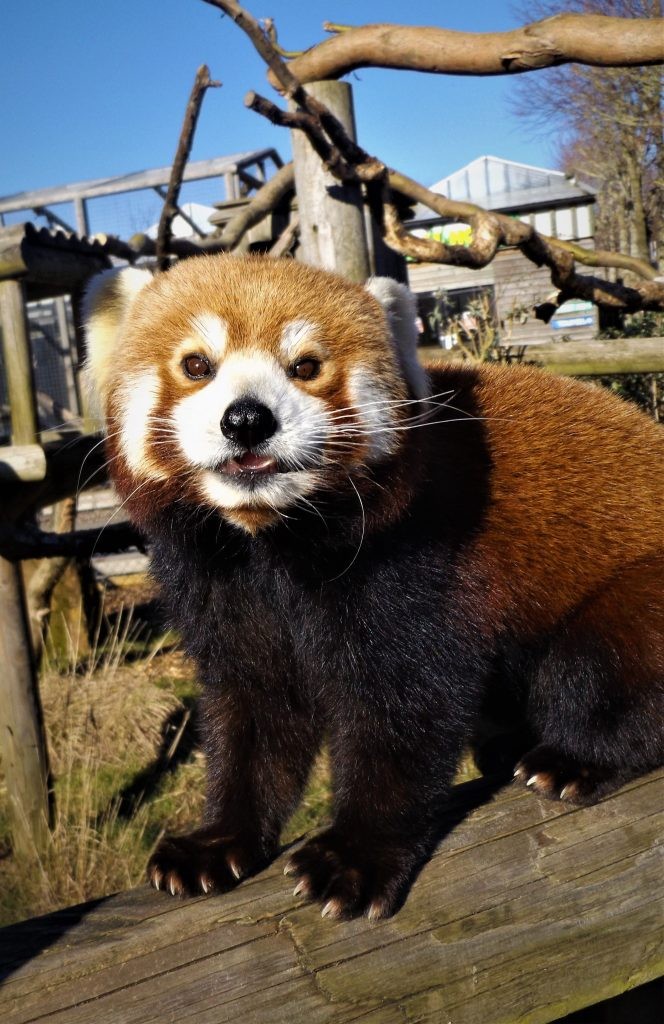
Charlotte – Carnivore Keeper
Our next keeper has two tattoos dedicated to a couple of the smaller animals on her section. Charlotte has tattoos of a caracal and an otter to represent the animals which we keep here. She said “I got both of mine because when I started my main interest was in the larger carnivores, especially the big cats, but after working with the smaller carnivore species I have a new appreciation for them, especially Maya the caracal and the otters!”
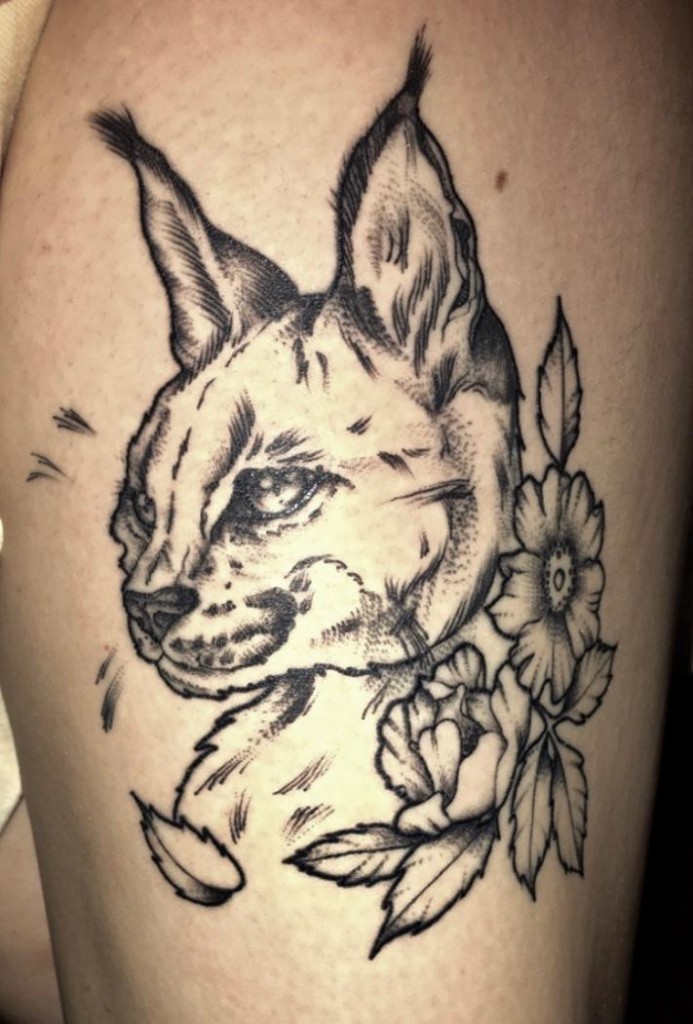
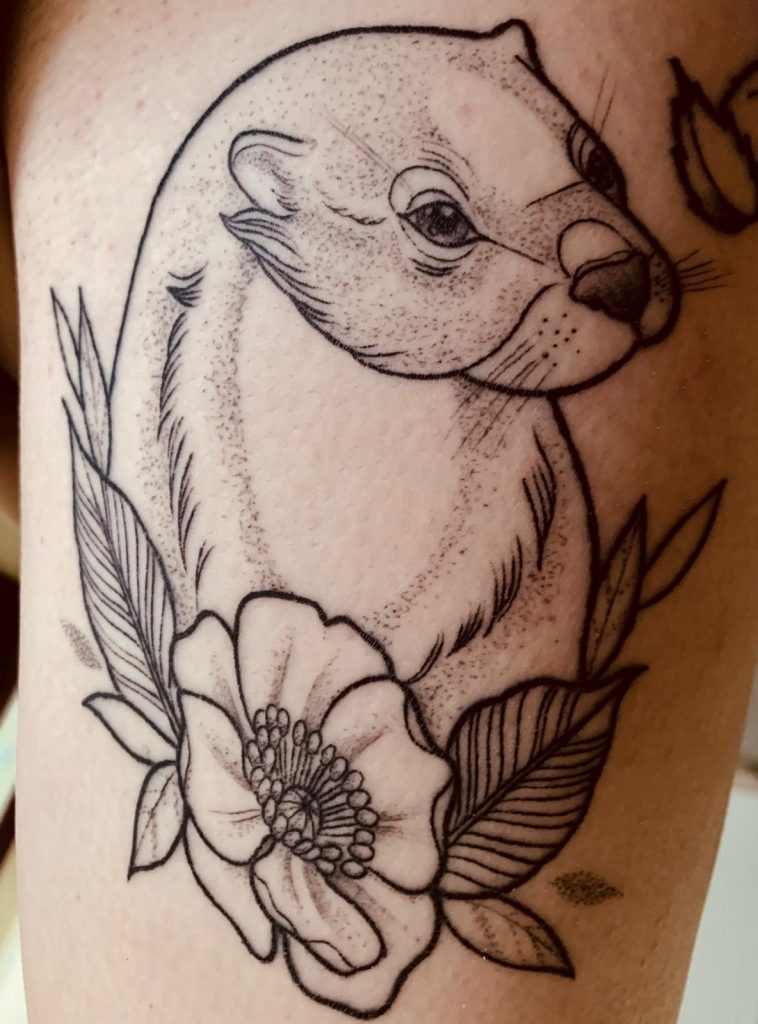
When keepers start out they tend to have a dream of working with the larger species, but when it comes to the animals it tends to be big personalities rather than size that keeper’s fall in love with. You can see and learn more about our Smooth Coated Otters during their daily talk at 12pm or help our keepers target train and feed them on our otter experience.
Hollie – Head of Carnivores
Our head of carnivores, Hollie has her favourite cat, Loki the jaguar’s pattern tattooed on her arm. Hollie said “I got this tattoo after I was offered the position of head of section for carnivores. I had always wanted a tattoo and as a celebratory present from my mum she offered to pay for it. I knew exactly what I wanted it to be, Loki’s pattern.” Getting to work with big cats has been Hollie’s passion for a long time and getting her promotion inspired her to make a tribute to her much-loved charge, Loki.
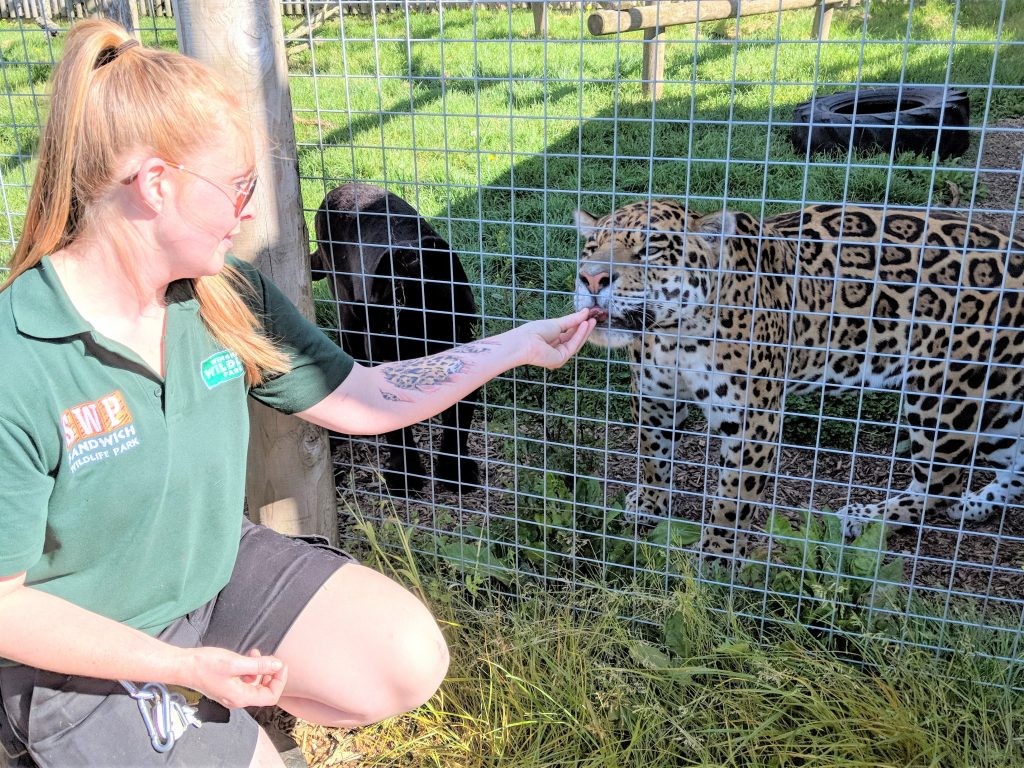
Last year was also the first time that Hollie was able to hand inject Loki’s annual vaccination which meant he didn’t have to be darted to receive it making it a lot less stressful for him, the keepers and vet staff. This took a lot of training from Hollie with Loki, but she hopes to continue this practise with him each year when his vaccinations are due.
I myself have a number of tattoos. Some just random things but others mean a lot to me, especially the primate tattoos on my leg. I currently have three primate portraits, Pickle, Faye and Julian- soon to be four when Lucas joins the gang.
Pickle, the gibbon was my first black and grey portrait tattoo. I hand reared Pickle from when she was first rejected by her mother and therefore we have an extremely close bond and I wanted her to be with me always as I class her as one of my babies.
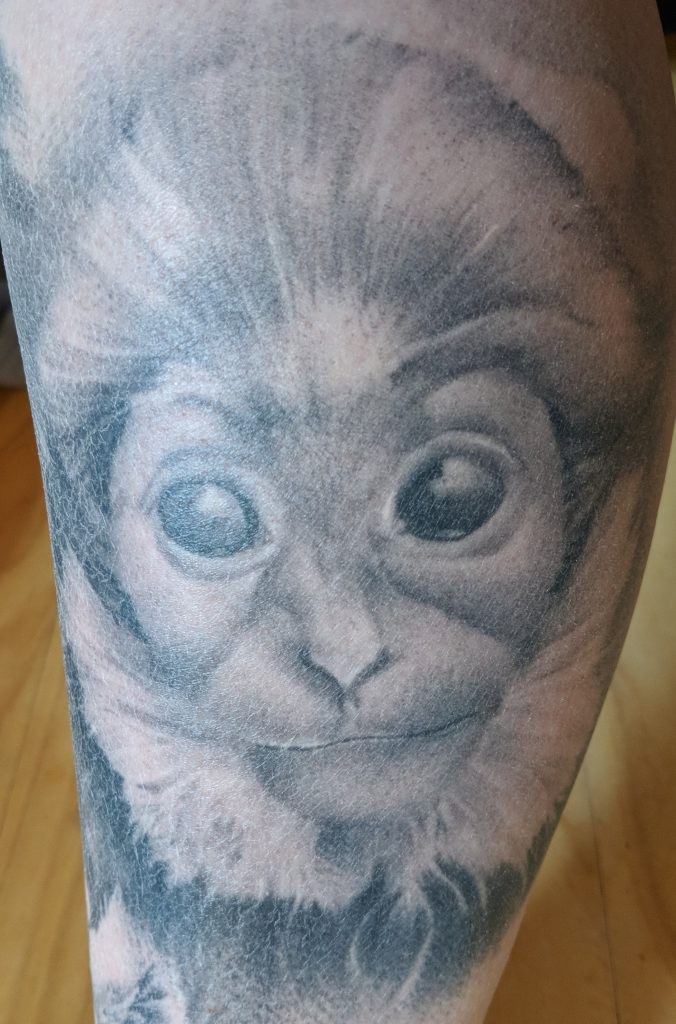

Next was Faye the chimpanzee. Faye is a very special character and if you talk to any of the keepers they’ll tell you the same. She always wants to say hello and spend time with the staff. She can however have a bit of a moody jealous streak too, but we love her anyway.
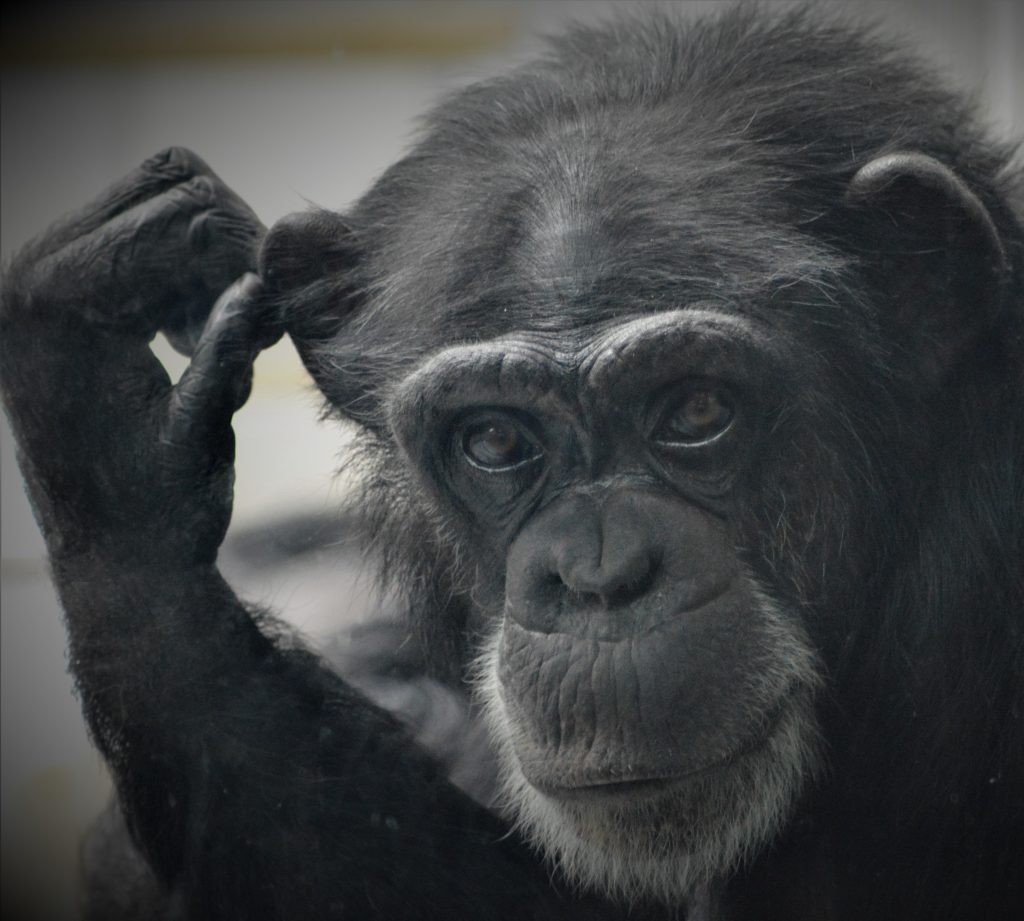
Lastly I have a portrait of Julian the Ringtail Lemur. Some of you may remember Julian when he was alive- he was such a character. Wandering around in a little world of his own, falling asleep anywhere and always being curious. I miss him a lot and wanted something to remember him by. It’s the hardest thing to say goodbye to an animal that you have cared for and love, but when they are suffering and it’s just not fair to let them carry on, euthanasia may be the kindest thing. It’s the worst thing about a zoo keepers job, but I believe it to be one of the most important things that we are able to do- be there for our animals when they need us most in their last moments.
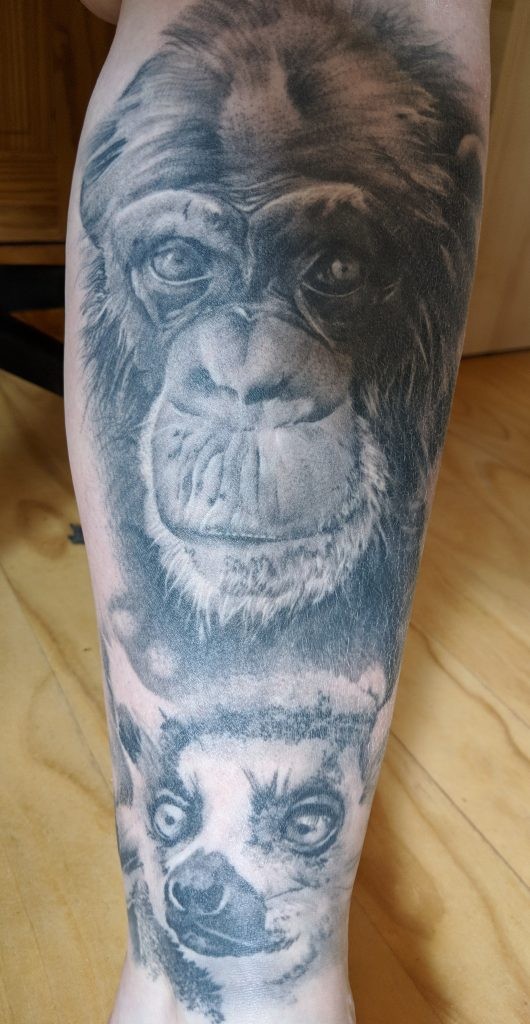
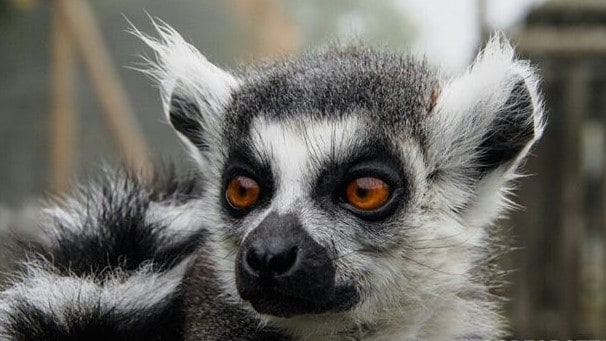
If you have any of our animals tattooed or they’ve inspired you to get one done why not send us in a picture. We love to see them and as always please feel free to approach our staff and ask them questions. Keepers love nothing more than talking about their animals!


